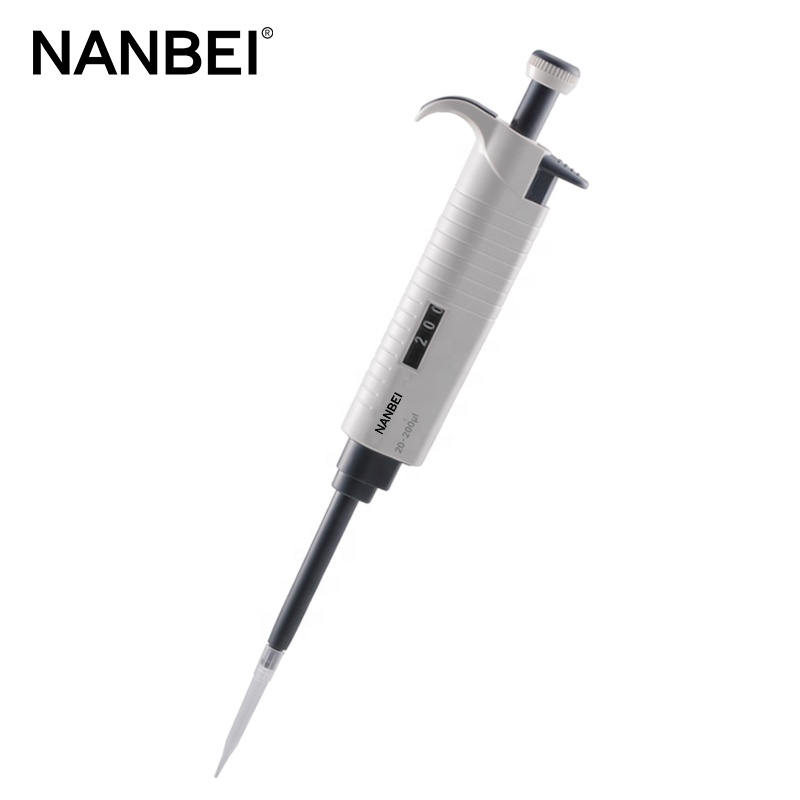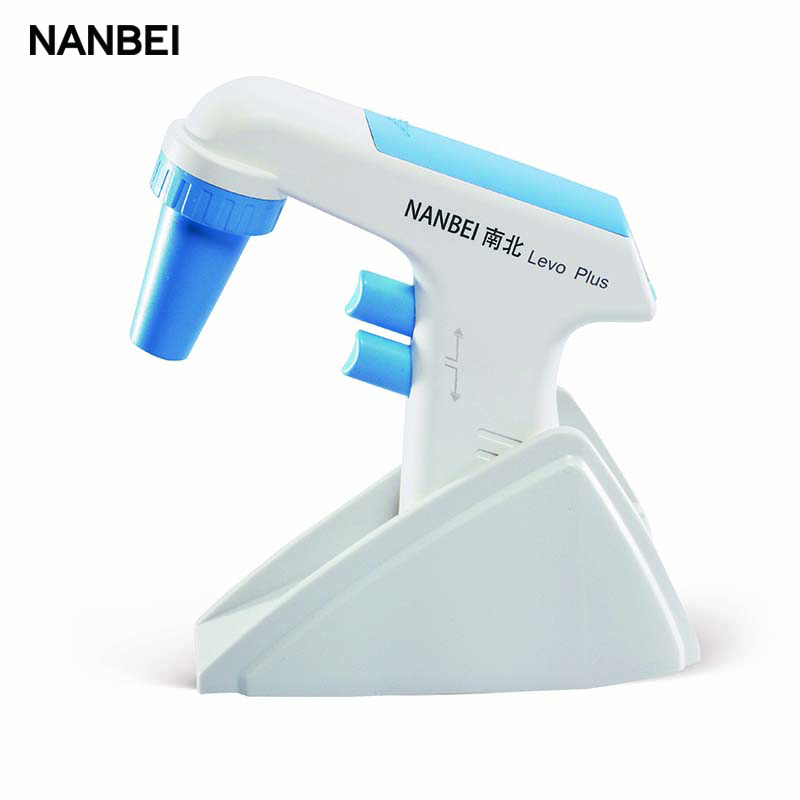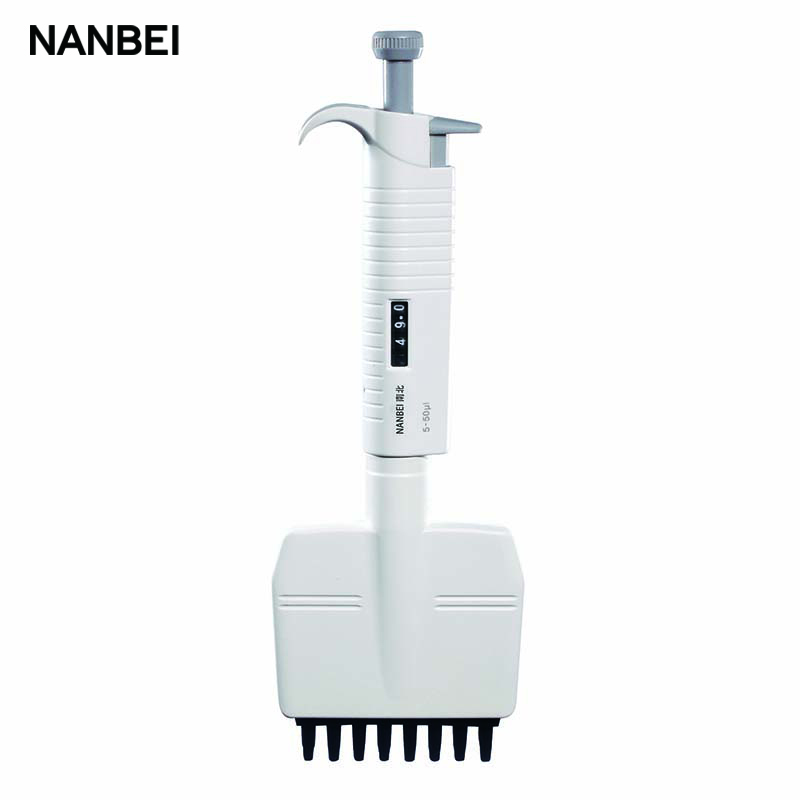-
 +8615890068607
+8615890068607
-
 +8615890068607
+8615890068607
-
 bella@nanbei-china.com
bella@nanbei-china.com
 Mobile:+86 15890068607
Mobile:+86 15890068607
The pipette is a simple small device, but it is the center of many laboratory operations and the key to aspirating and dispensing large quantities of liquids over a wide range of volumes. Either the basic manual single-channel pipette, the digital automatic pipette with a variety of functions, or a multi-channel pipette for high-throughput work, they ensure we get the accurate ultimate results.

Choose the proper tip for PCR lab pipette:
Make sure the tips are compatible with the model of pipette you are using, not all tips of a certain size will fit all brands and models. The tips should fit tightly to form a good seal and to accurately aspirate the volume. But do not insert the tip forcefully, as this will damage the instrument and affect volume accuracy.

If the tips are boxed or rack mounted, then there is no need to touch the tips (which may cause contamination). If necessary, tap firmly and shake gently to secure the tip tightly to the end of the pipette.

For large pipettes, the tips are usually loose, so when removing the tips from the packaging and securing them in place, take care to only touch the end closest to the pipette. Touching the other end and immersing it in a full reagent bottle will not only contaminate your test results, but contaminate the entire bottle of reagents, potentially ruining more test results.

If you are using a multi-channel pipette, make sure that all tips are held together securely and evenly. When installing tips on multichannel pipettes, it is easy to experience uneven pressure, and you may find that some channels are more likely to form a seal with the tip than others. If using a multichannel pipette for the first time, aspirate some colored liquid and see if the volume is uniform on the instrument.
Previous: No Information